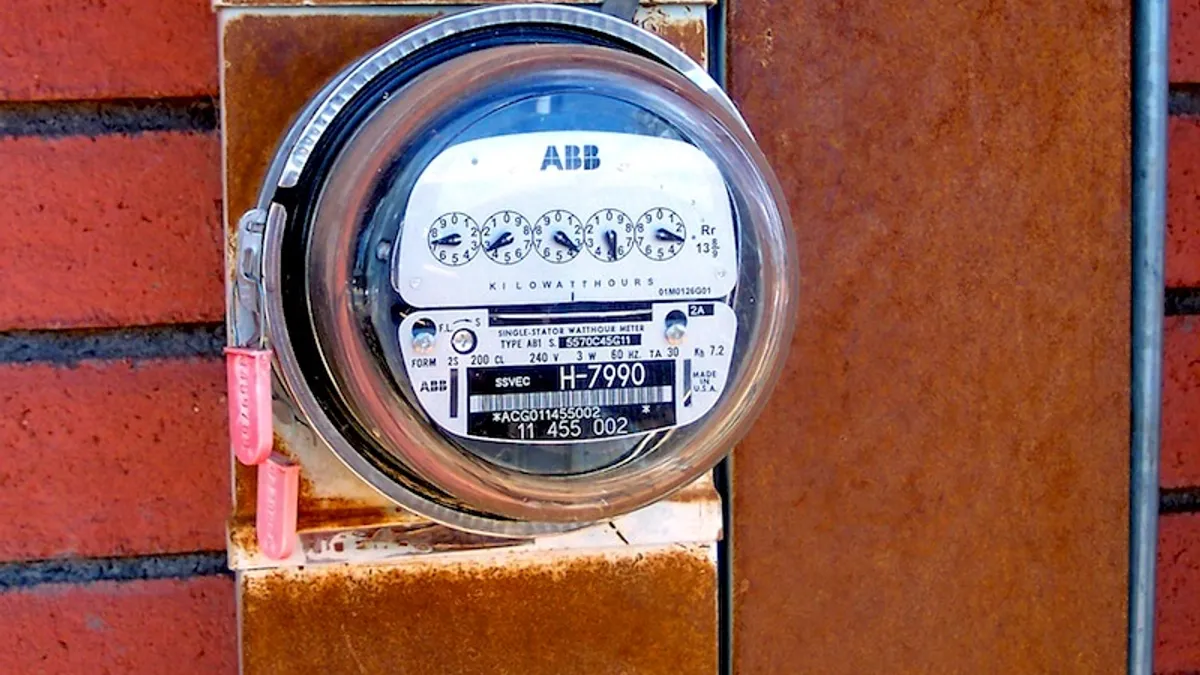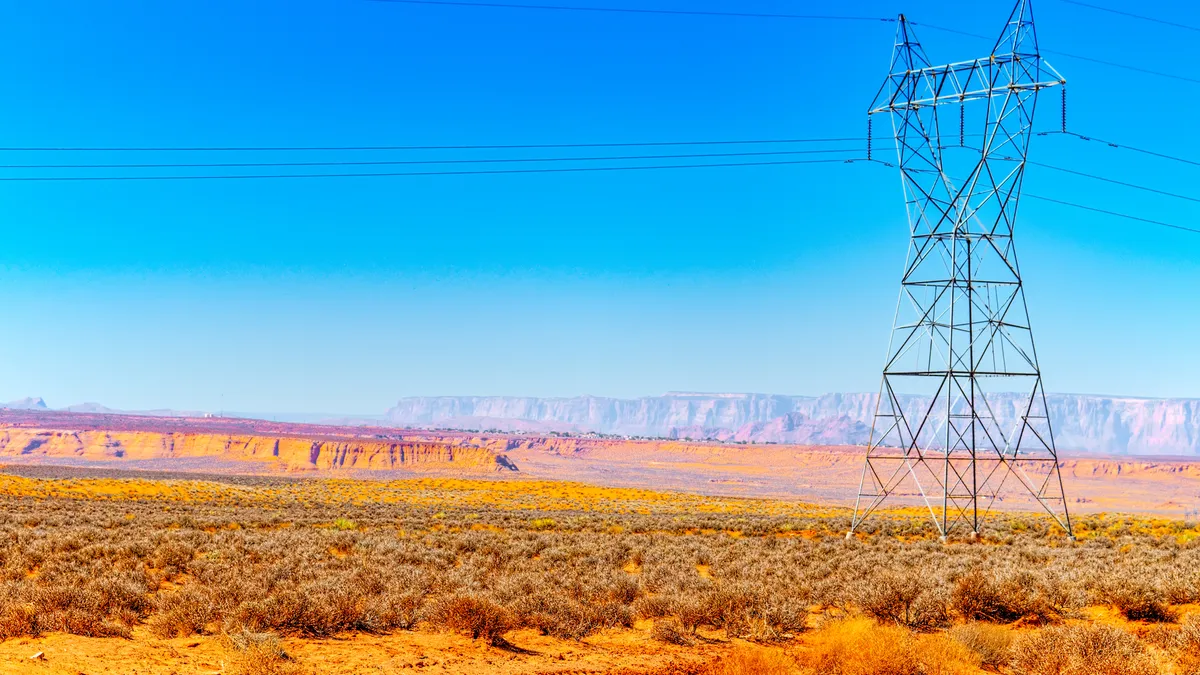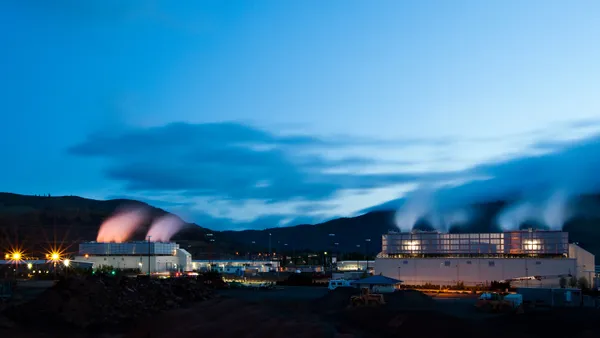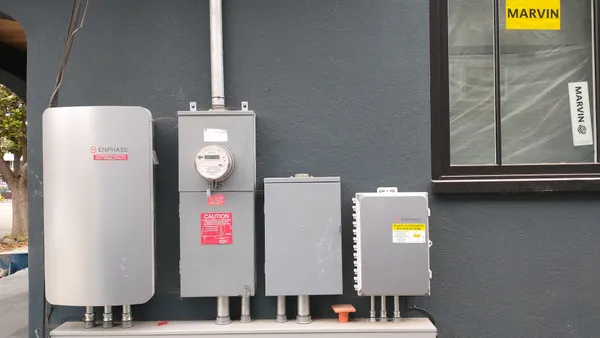Dive Brief:
- The University of Georgia recently called on students to reduce their energy use during peak times, looking to cut into the $70,000 that high demand times can add to the school's power bill each day.
- According to the Athens Banner-Herald, students and employees on campus during the summer are being instructed take simple steps to reduce consumption, which the university hopes will save the university about $15,000 a day.
- UGA has developed a strategic plan calling for a 25% reduction in energy use by 2020, but still looks to student efforts to help keep bills low.
Dive Insight:
The University of Georgia showed this week how effective utility peak pricing programs can be in persuading large groups to reduce energy usage — and the significant amount of money big institutions can save if they take the necessary steps to conserve.
UGA gets its electricity from Georgia Power, which offers significant price differentials between peak and off-peak demand times. While the university usually pays 4.5 cents to 5 cents/KWh, that rate can reach 70 cents per KWh during the highest usage times on hot days.
Athens Banner-Herald reports the university recently asked students to reduce their usage in small ways — from turning off the lights to shutting down unused electronics — in an effort to cut costs on the hottest days. While the school pays more than $16 million for electricity every year, most months cost about $1 million. During the summer months, however, those bills can double or more.
On very hot days, the university can consume almost 1 million kWh. While that might happen up to 20 times in an average year, the school is expecting many more this year.
According to UGA's office of sustainability, the school has already reduced energy consumption per square foot by 15%, which the state had set as a 2020 goal. "To take energy conservation one step further, UGA’s 2020 Strategic Plan calls for a 25% reduction in energy use by 2020," the university says on its web site.
In the last eight years the school has reduced energy use per square foot by over 15% by investing in campus infrastructure, efficiency upgrades in existing buildings and modern designs in newer construction.
The use of variable and time-of-use pricing to pursuade consumers of all sizes to conserve energy is a growing trend for utilities across the country. A recent report from the Department of Energy outlined some of the most successful programs across the country in the past few years.














